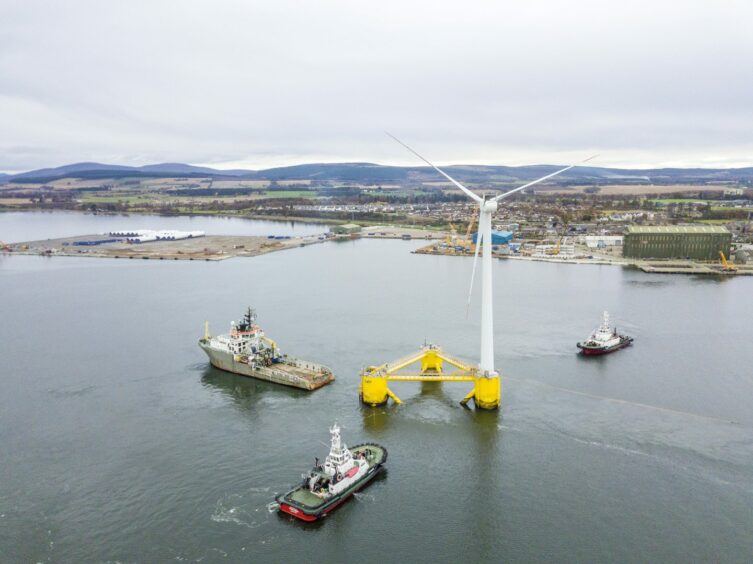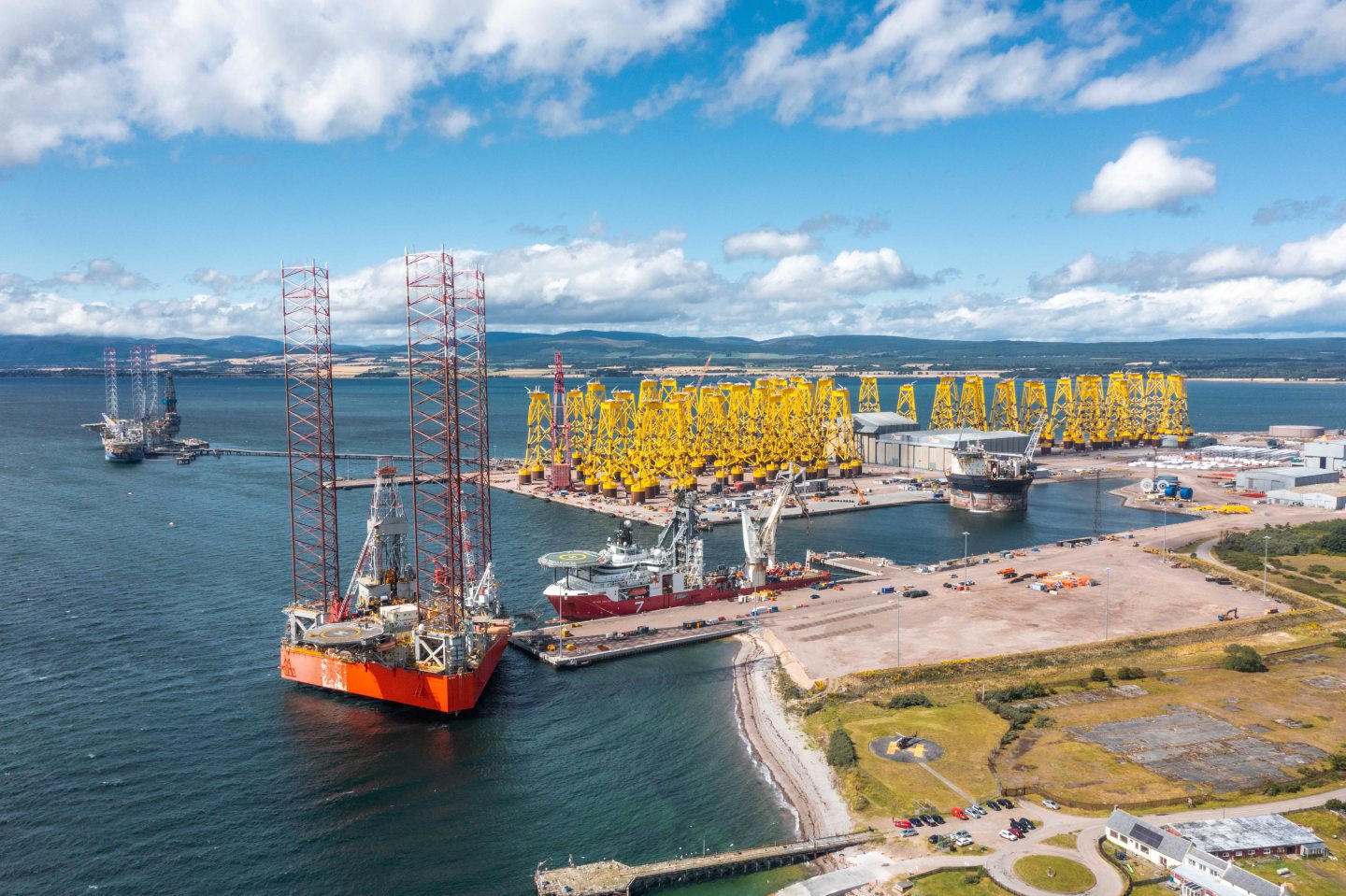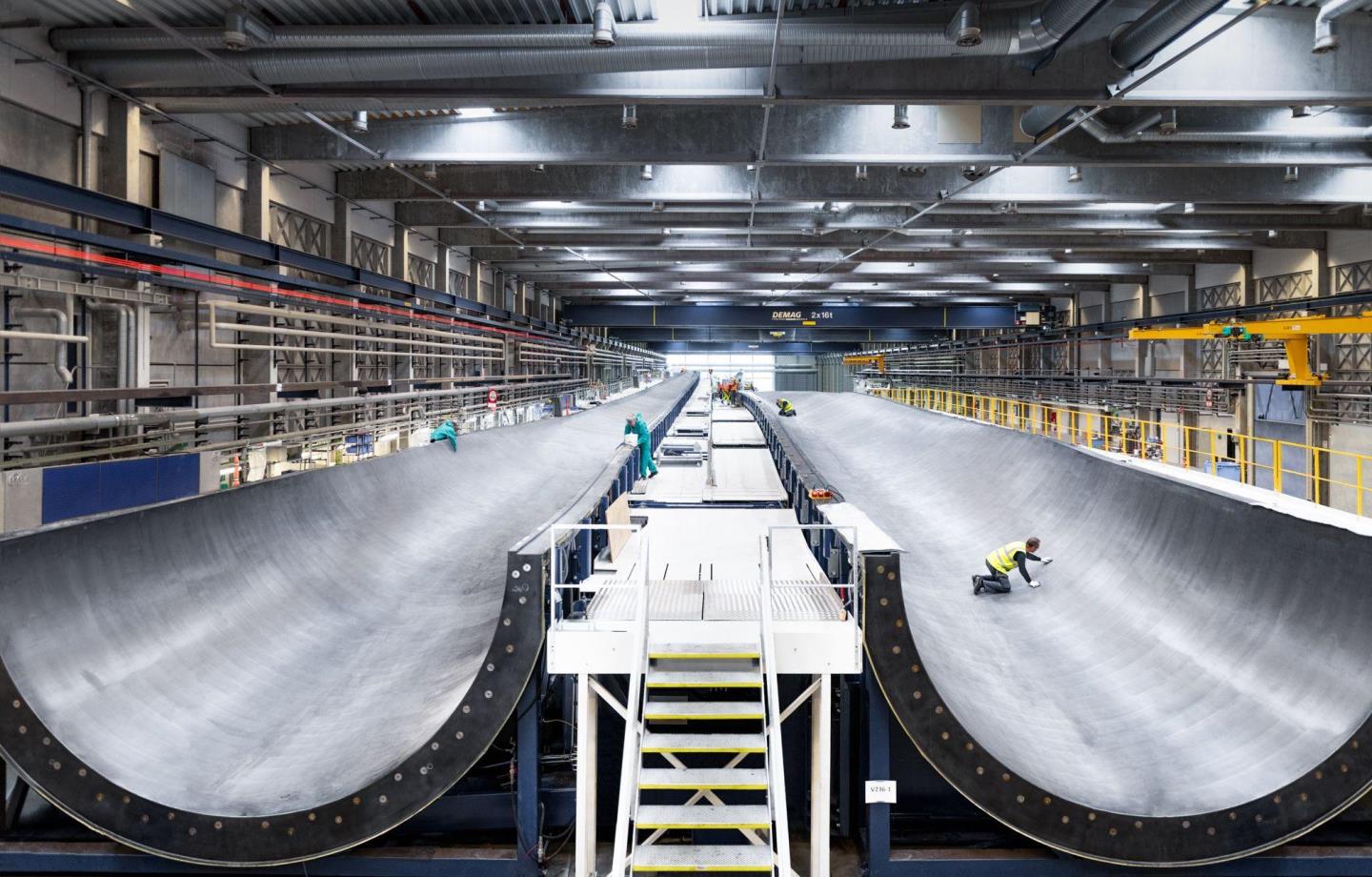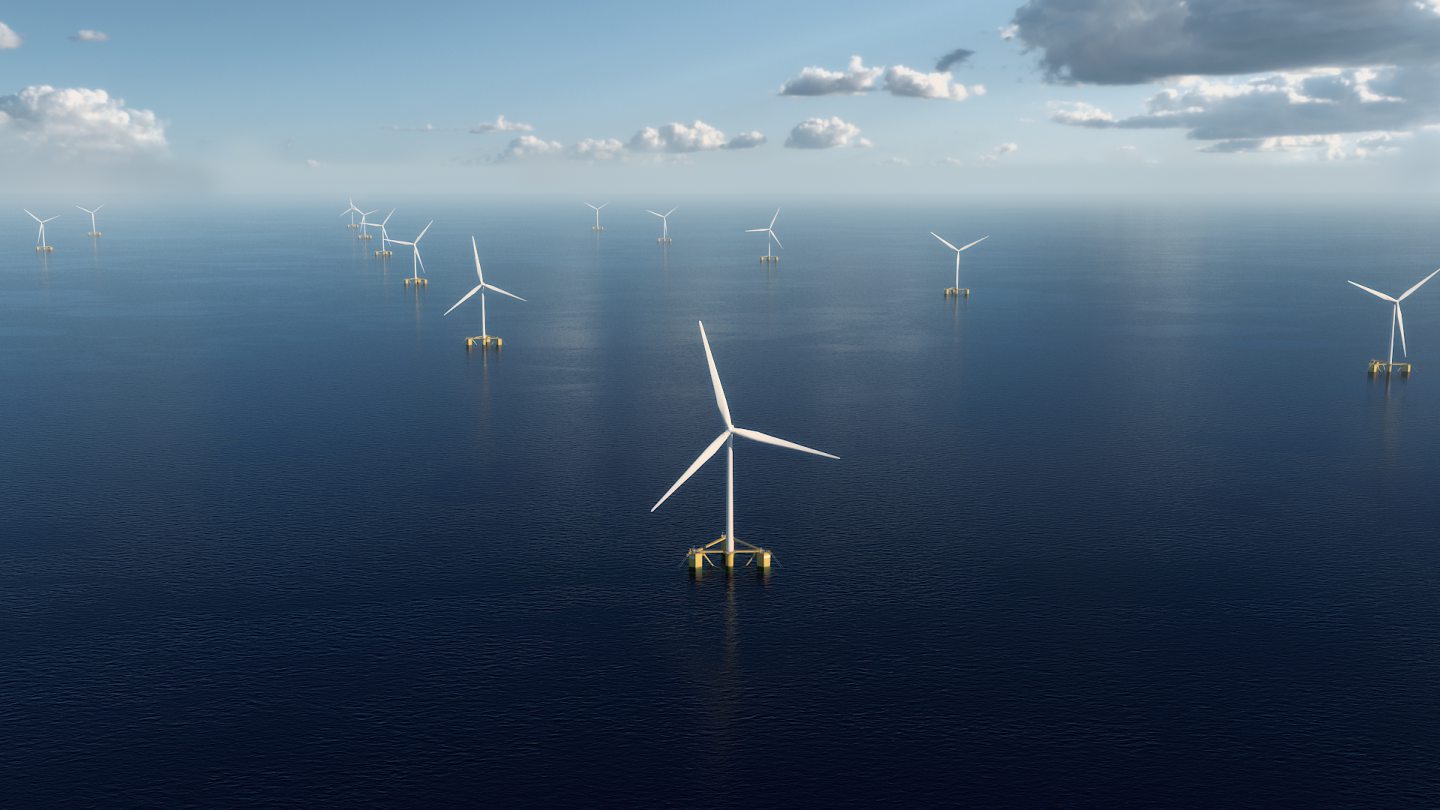
The Scottish Government has announced three offshore wind supply chain projects which will receive targeted support focused on investment needs, including two port expansions.
The Port of Comarty Firth Expansion and the Port of Nigg Deepwater Quay Expansion projects will move into Stage 2 of the Scottish Offshore Wind Energy Council (SOWEC) Strategic Investment Model (SIM).
SOWEC also announced a third supply chain investment project, but did not disclose its identity for “commercial confidentiality reasons”.
The Scottish Government launched the SIM in May last year, with the process aiming to align the local supply chain with the plans made by developers for their ScotWind projects.
Ports infrastructure strategic support
In Stage 2 of the SIM, SOWEC said the focus will be on how to ensure the selected projects have the confidence to make a Final Investment Decision (FID).
“Offshore wind developers, enterprise agencies, the Scottish Government and other interested parties, will work collaboratively to help these projects secure the backing they need to move ahead,” SOWEC said.
By testing the SIM approach with the three initial projects, the SIM will be looking to better understand the means of support which can help projects reach FID.
The two port projects are focused on expansion efforts to support the construction of offshore wind projects.
The Port of Cromarty Firth (PoCF) is planning to expand its port to support the deployment of floating offshore wind farms (FLOW).
By developing an additional five hectares of storage space to enable the construction of circa 1GW of floating offshore wind capacity per year.
The facility will be capable of supporting the assembly of floating offshore wind foundations and the integration of floating offshore wind turbines
At its peak of operation, PoCF estimates this facility can support 1,148 direct and 1,060 indirect well-paid jobs per annum, along with investment in local training, and provide much needed capacity to the offshore wind industry to deploy its pipeline of projects.
PoCF strategic business development manager Joanne Allday said both industry and government have concluded Scotland needs more port infrastructure to deliver energy security and net zero through offshore wind.
“Its great news that Scotland’s offshore wind projects see the Cromarty Firth as a prime location for the build out of offshore wind,” Ms Allday said.
“This announcement builds on the region’s location, capabilities and Green Freeport success and should increase local content and jobs.”
Deep water expansion at Port of Nigg
Meanwhile, the Port of Nigg West Deepwater Quay Expansion project aims to address the increasing demand for larger deep-water facilities in the UK.
Led by Global Energy Group, the project will expand the existing West Quay at Nigg to creating a new ultra-deep water berth featuring a 160m quay.
The expansion will result in a combined addition of 420m of quayside at Nigg, which SOWEC said will establish the port as a “leading location for existing fixed-bottom offshore wind projects and support the industrialisation of floating offshore wind”.
Global Energy Group executive director Ian Sinclair said: ““The vital enabling role that Scotland’s Ports and Harbours will play in supporting national net zero and energy security targets, specifically for offshore wind, is well documented.
“Being shortlisted to progress to the second stage of the SIM process is welcome confirmation of industry confidence in the Port of Nigg’s strategic role in the industrialisation of offshore wind.
“We look forward to working collaboratively with SOWEC’s investor stakeholders, and all of our Ports and Harbours partners, to deliver the critical enabling infrastructure required to accelerate the deployment of offshore wind in the UK.”
Third SIM project kept secret
While the announcement did not reveal any details on the third SIM project being progressed to stage 2, the Scottish Government has previously hinted at wind turbine manufacturer Vestas establishing itself in Scotland.
Scottish Energy Minister Gillian Martin made the comments during a live podcast recording in Aberdeen last month.
Queried by an audience member about a lack of domestic manufacturing for Scotland’s energy transition industries, Ms Martin discussed investment coming in, and pointed to the Danish wind giant heading to the Central Belt.
She said: “Things are happening all the time. Would it be better to have lots of manufacturing here? Yes, and we’re going to have…Vestas are going to come to the Port of Leith with Sumitomo.
“It’s all really starting to happen very, very quickly.”
In response to the comments, a Vestas spokesperson said: “The UK’s wind sector has strong potential and is an important market for Vestas.
“We continuously assess and adjust our manufacturing footprint to meet the demand we foresee. Scotland is being actively considered as a location for new manufacturing capacity.”
The Copenhagen-headquartered firm said in November it was considering a new facility in the UK which could employ around 1,000 people.
However, CEO Henrik Andersen said it depends on long-term demand signals from the UK Government.
Mr Andersen also said in November that “the North Sea is probably the most attractive area in the world for offshore wind”.
‘Significant step’ for offshore wind ambitions
Commenting on the SIM process, Ms Martin said the Scottish Government is “determined to maximise the economic opportunities and benefits” from the country’s offshore wind potential.
“We are kick-starting the First Minister’s flagship commitment of up to £500 million over five years to anchor Scotland’s offshore wind supply-chain with investment of £67 million next financial year,” Ms Martin said.
“Moving these three projects – with a combined capital value of around £500 million – to the next stage of the Strategic Investment Model (SIM) is a significant step.
“Around the globe, offshore wind faces challenges in securing the scale of investment needed to unlock its full potential. SIM is a novel, industry-led approach, which supports close collaboration between industry and the public sector. It is a model being closely watched by other sectors and the investment community.”
More than 38 projects with a potential capital value of £6.5bn completed Stage One.
SOWEC said the wider SIM process is ongoing, with projects being assessed and supported to engage with offshore wind projects.
In addition, INTOG offshore wind projects connected to the offshore oil and gas sector will also be invited to join the SIM process.
The Scottish government said the SIM will help to deliver transformational offshore wind supply chain growth in Scotland through innovative collaboration between offshore wind developers, the Scottish Government, enterprise agencies and Crown Estate Scotland.
Recommended for you

 © Supplied by Morrison Media
© Supplied by Morrison Media © Supplied by Global Energy Group
© Supplied by Global Energy Group © Courtesy of Vestas Wind Systems A/S
© Courtesy of Vestas Wind Systems A/S © Supplied by Cerulean Winds
© Supplied by Cerulean Winds